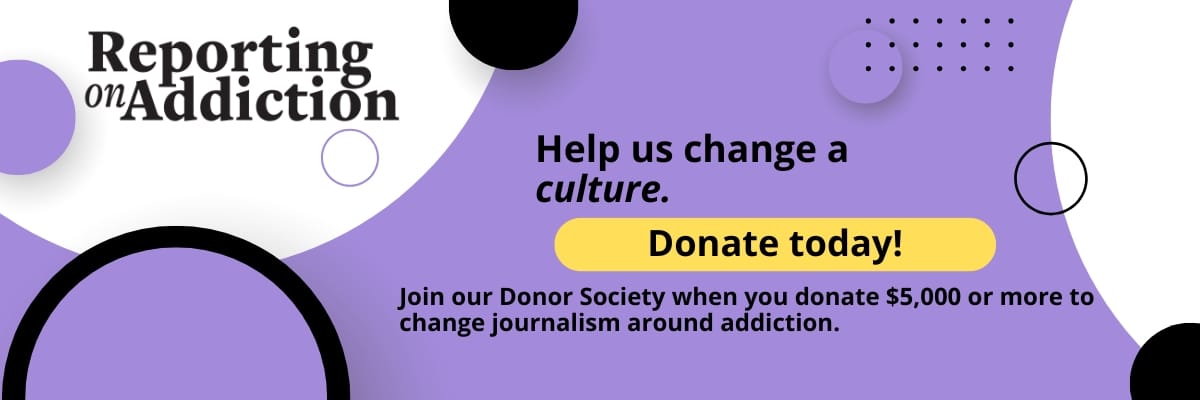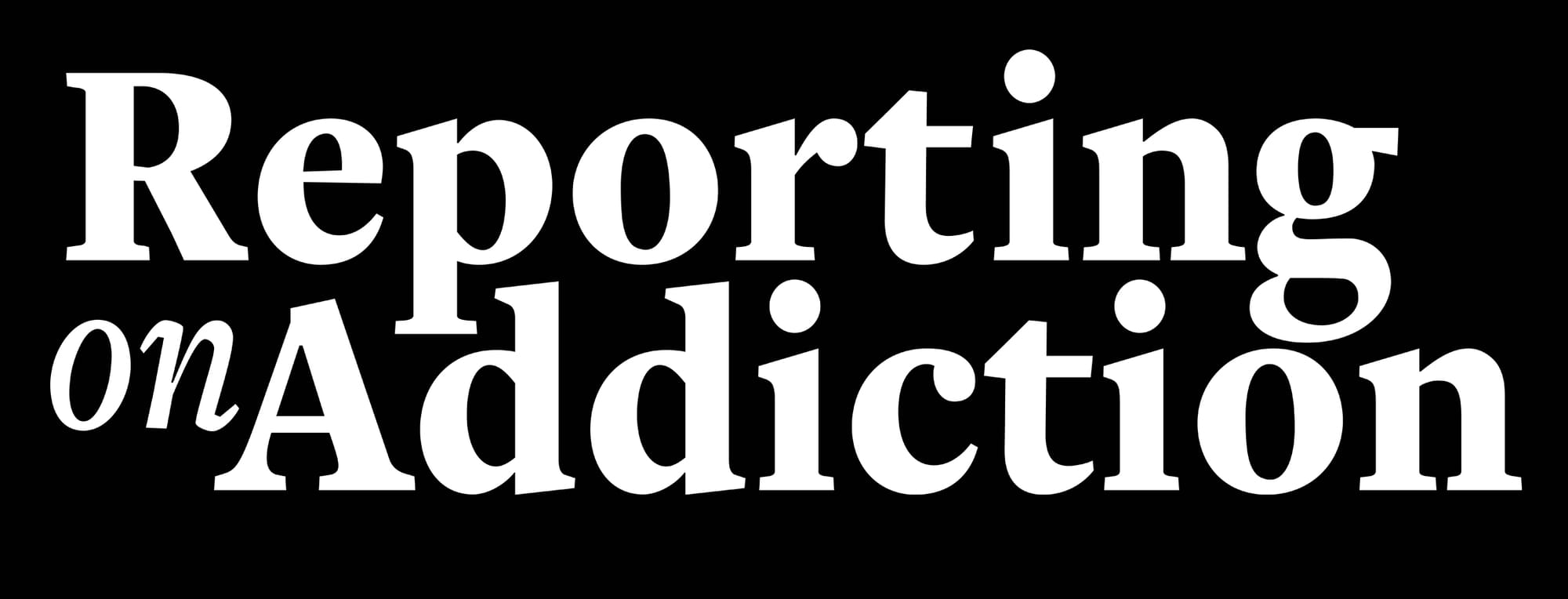Case Study: Contingency Management vs. Other Scientific Headlines
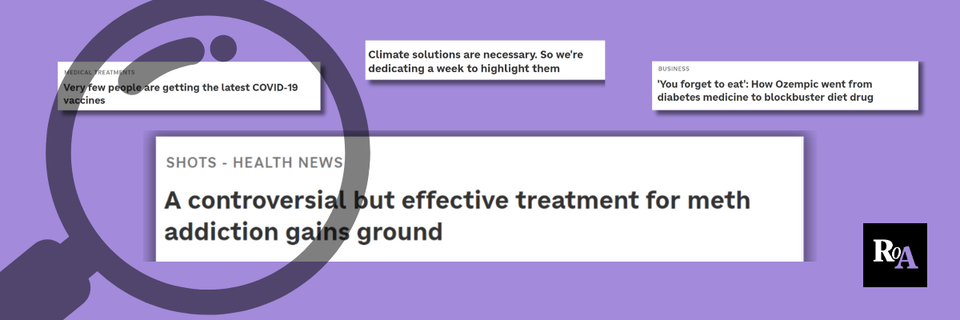
We knew it would be a little bumpy during the journalism shift from problem focused narratives to solutions focused reporting on addiction. One set of solutions where the coverage has missed the mark is addiction treatment. Oftentimes these stories are approached with skepticism towards medications and behavioral therapies that are not grounded in the traditions of mutual help organizations like AA. However, addiction treatment has included approaches like counseling, group therapy, and medications (e.g., methadone or nicotine patches) for decades. For example, one of the most effective behavioral interventions is contingency management (CM), but it is also frequently covered with suspicion.
What is contingency management?
Contingency management is one of the oldest, most well-studied, and most effective interventions for substance use disorder. CM works by disrupting drug use and replacing it with positive consequences when someone does not use drugs. At its core, CM gives people a choice – use the drug that they don’t want to use anymore and receive the positive and negative consequences of continued drug use or do anything else except use that drug and receive a different set of positive consequences delivered by the treatment source (e.g., gift cards, cash, or prizes).
While there are decades of research showing CM works across different drugs, historically it has been one of the least utilized treatment approaches due to misunderstanding that feed into misinformed policies. People wrongly characterize CM as simply “paying people to not use drugs.” When framed this way, it triggers a sense of injustice. You might hear people say some version of “that is what they should be doing anyway” or “I don’t use drugs and no one is paying me.” While this sentiment is understandable, it's also wrong.
Journalists often amplify these skeptical or hostile perspectives in efforts to bring “both sides” to the article. But that can reinforce inaccurate beliefs and existing bias about various treatment approaches. Framing SUDs as a moral failing (i.e., paying people to do the “right thing” by paying them to not use drugs) rather than the complex medical-social-behavioral condition that perpetuates stigma and discrimination against people who use drugs. Framing evidence-based treatments like CM as controversial, creates barriers to care and contributes to drug related disease and death. It is also different from how we cover a lot of other established science.
Let’s look at some example headlines
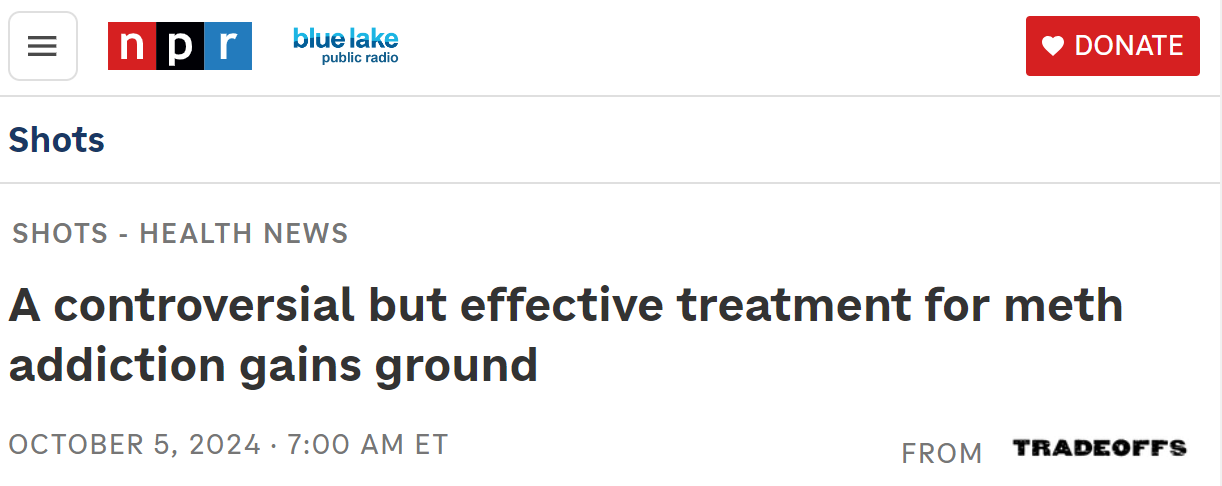
This October 2024 NPR article highlights a common problem with how the media covers evidence-based approaches to addiction treatment.
The headline writer has fallen for a “both-sides” trap when talking about contingency management. Framing the treatment as controversial and effective as the hook primes the reader to approach this as a debated topic. Except in addiction science and medicine spaces, there isn’t a “controversy” about contingency management. The “controversy” is among the public and policymakers, so using this framing only perpetuates that issue among that audience. We know many just read headlines (especially and unfortunately before sharing on social media) or focus on the headlines when critiquing an article. For good reason: the headline sets the tone of the piece.
This story does a nice job explaining that non-experts often wrongly denigrate this approach, because the evidence is solid, and that we need more contingency management with fewer government restrictions, which is currently a huge barrier to rolling this out.
The sources are great, it's a well-reported piece, but the headline undercuts the message.
Interestingly, the original article, which first appeared on Tradeoffs, had a different headline that more strongly asserts that contingency management works.

What stands out (besides the difference in headlines for the same story) is how other scientific topics that also have “controversies” - some real, some imagined - are represented in headlines.
Vaccines
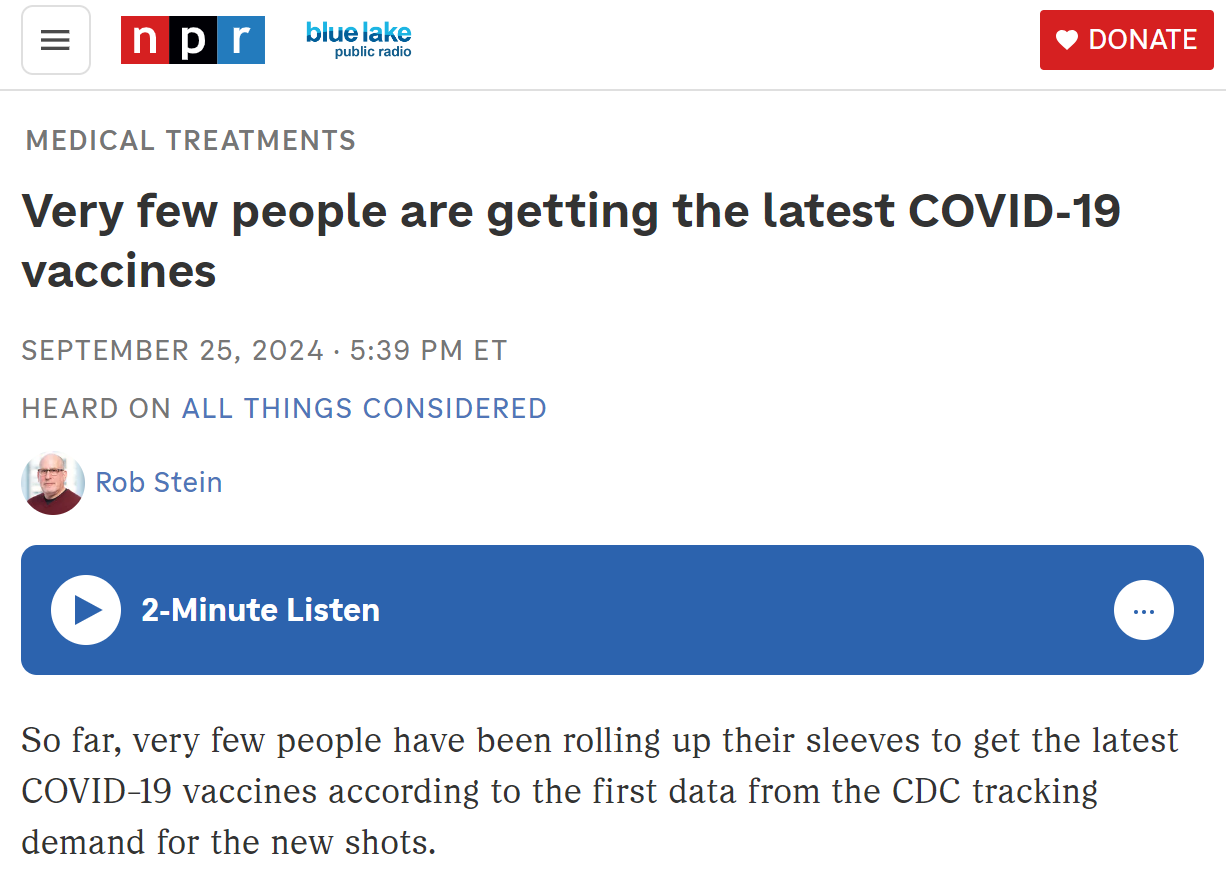
No mention of "controversies" here, despite the ideas of vaccines as harmful (disputed and debunked claims) being platformed in the news and highest halls of government that contribute to the decrease in people getting vaccines.
Climate Change
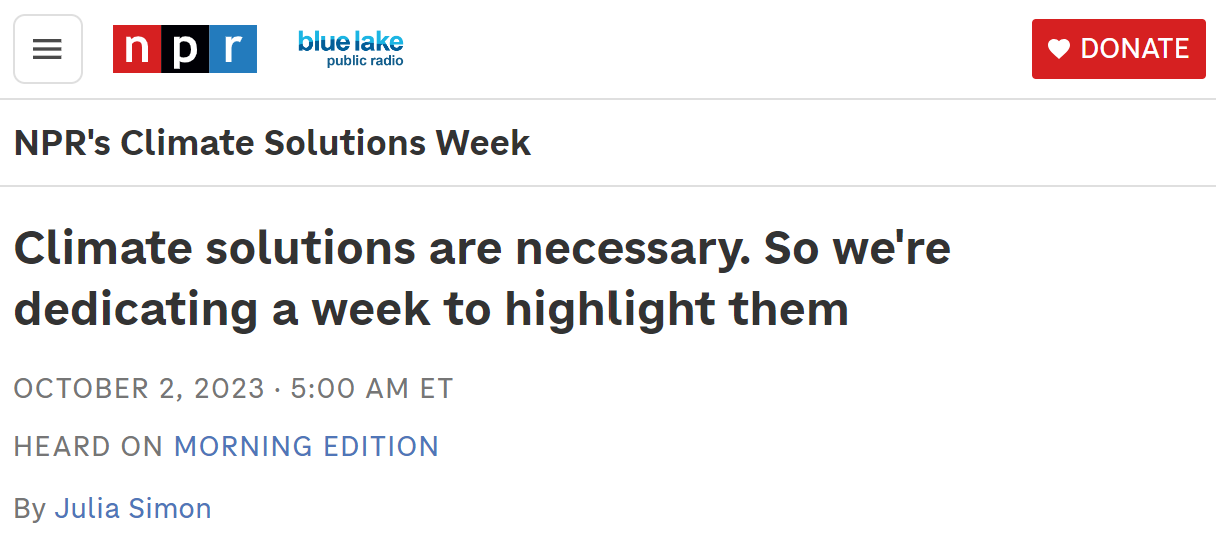
No mention of "controversies" here though (disputed and debunked claims) are being platformed in the news and highest halls of government. In fact, NPR dedicated a whole week to discussing solutions to this pressing issue.
Prescription Drugs
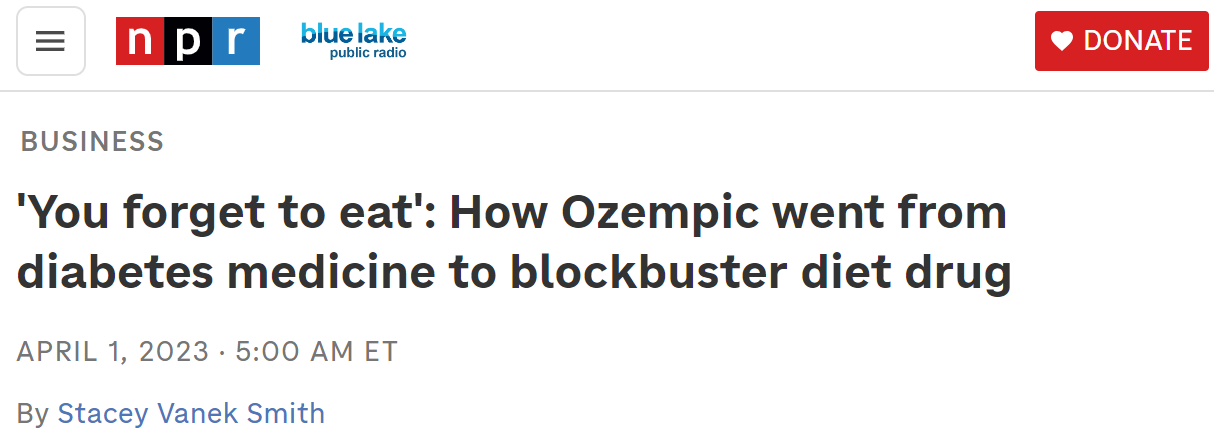
No mention of controversy associated with price, insurance coverage, or anti-fat bias that these drugs perpetuate.
Understanding the Headline Writing Process
Headline writing is tricky. Different outlets have different editorial style and standards, down to the number of characters that can be used in a headline. Some of this is outside the writer's control (the publishing system sometimes has those limits). Sometimes outlets edit contributing articles or reshared articles (like the contingency management example). Authors may submit headlines and alternative headlines, but sometimes headline writers or editors go beyond those suggestions. They may even run a headline test with multiple options to see what readers engage with. The headlines aim to interest their audience and must be approachable. That’s why phrases like “contingency management” or “substance use disorder” is not likely to appear in a headline. The audience doesn’t know these phrases.
That’s all to say, headlines are an important and tricky issue to fix from the outside.
How to Fix Issues with Headlines
We first have to acknowledge that how we frame addiction matters.
A quick rule of thumb "Am I covering this how I cover other medical/science topics?" can help avoid a lot of issues in the headline, images, captions, and text. In our examples above, it’s clear that this framing isn’t always brought to addiction coverage. It's worth revisiting your coverage with this lens to correct for harmful bias.
Tips
- Headline writing should be collaborative, especially in science and medicine topics, where the nuance of those fields are more challenging to distill into a headline.
- Alternative headlines seeking engagement shouldn’t use sensational language or mischaracterize the findings.
- Avoid words and phrases associated with stigma and discrimination.
- Use sub-headlines (if available) to add additional context
Alternative Headlines for Contingency Management
A few examples of headlines about contingency management treatment that avoid “both-sidesism”:
- The best treatment for meth addiction may be gift cards
- A great addiction treatment you’ve never heard of: contingency management
- Is paying someone to stay off meth effective treatment? Experts say, “Yes.”
- Can’t find addiction treatment? Policy barriers hold back effective approaches

We recognize that the headline is only one aspect of the article and that the headlines aren’t always written by the author. However, we know most people only read the headline and that the headline + image are the primary interaction people have with the topic on social media (a common way to share articles or discuss media coverage). So we’re focusing on the headline because it is an important aspect of media coverage.
We’re here to help you cover drug use and addiction like other health, medicine, and science stories.
